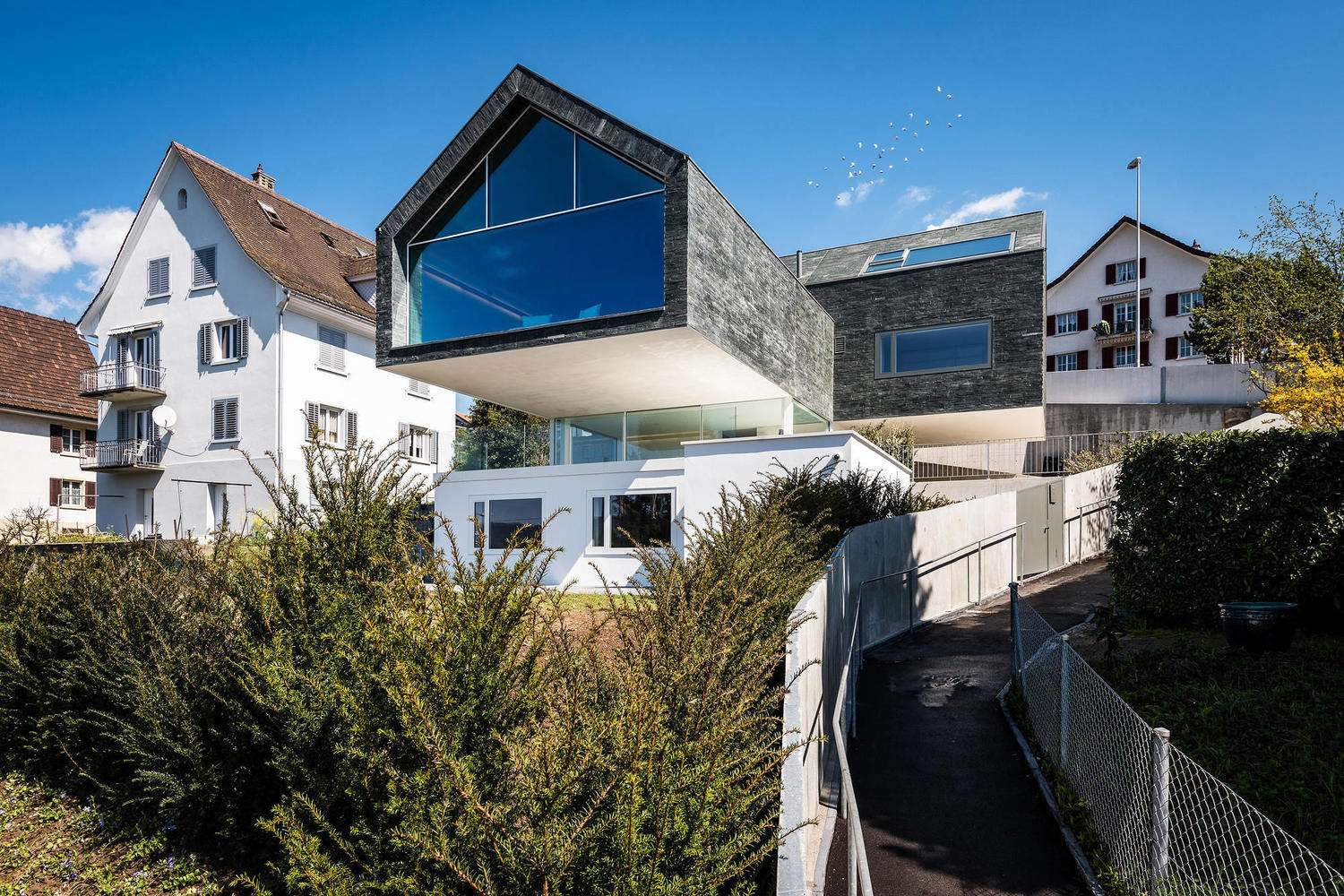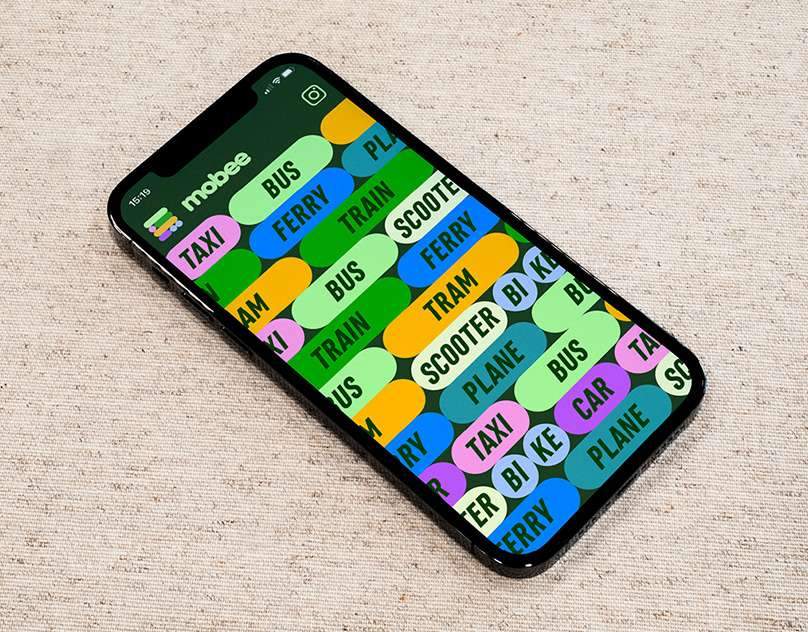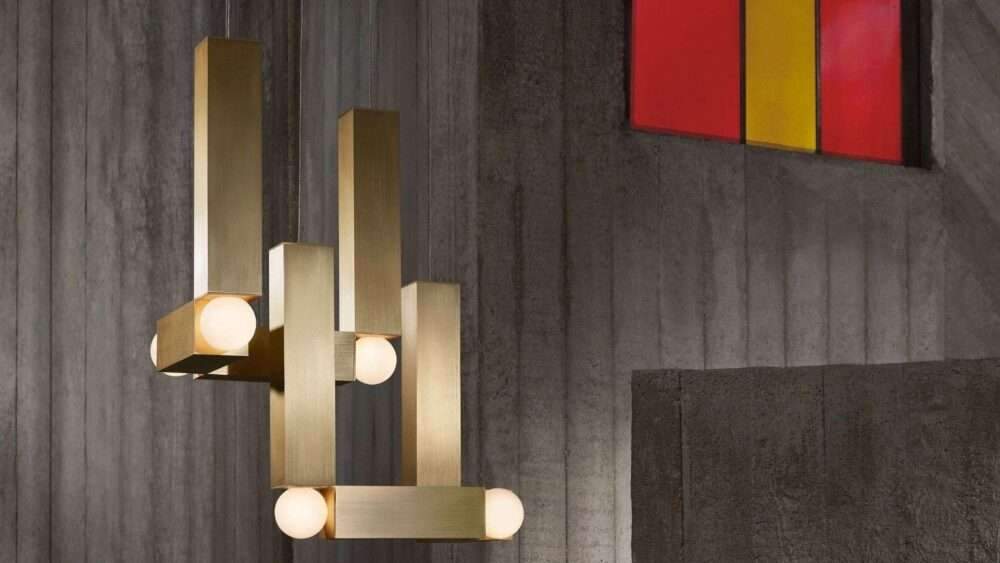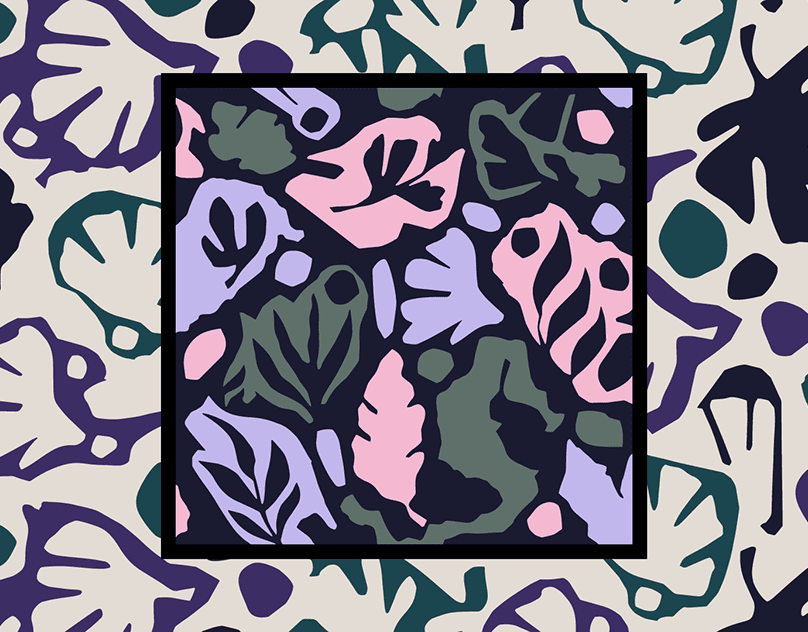Swiss architecture shines in premium homes with great views
Swiss architecture shines in premium homes with great views,
We are all looking for wonderful creative decorations to fill our homes with,
to bring us happiness every time we enter the rooms of the house.
It is these decorative features that turn a home into a livable place,
but for those homes lucky enough to be surrounded by captivating landscapes,
why close all those natural trappings only to be replaced by internal tradition?
This is done through the use of glass partitions or sliding glass panels from floor to ceiling,
inviting the environment inside.
Where delimiters can connect indoor and outdoor spaces for a deeper connection with nature,
allowing the local landscape to become the region’s largest indoor space.
Here are some residential projects that use the latest innovations in sliding windows to create a relationship with the surrounding landscape:
House Winkel / Sasaki
The back of House Winkel extends like a telescope away from its front, providing uninterrupted views across Lake Zurich.
The floor plan of the Swiss house is designed multi-layered, with three levels of sunlit living space.
With plenty of sun exposed glass, House Winkel’s indoor climate is treated with the effect of natural solar gain.
It keeps it warm during the winter, but gaining solar energy can be a problem when the sun is at its strongest and most stable in summer.
Swiss architecture shines in premium homes with great views
To avoid this problem, House Winkel’s sliding doors and glass windows feature automatic SwissFineLine exterior shades, which stop the sun’s rays before they reach the glass.
Lake Zurich Villa
Another house is on the other side of the water with a multi-tiered architecture with glass edges.
Lake Zurich Villa’s massive glass partitions that are 4.5 meters wide and 2.6 meters high offer floor-to-ceiling glazing that covers two corners of the rear of the building.
But thanks to the curves of Air-Lux’s sliding windows, despite weighing up to 100 kg,
the huge motorized windows can be opened and closed easily, even at two angles,
allowing access to the panoramic balcony along with the right views.

Solothurn House
This double level family home in Solothurn uses automatic glazed windows to connect with
and experience the surrounding countryside landscape from all sides.
It also has a transparent insect screen, which is hidden inside its frame when not in use.
When applied, it protects residents from summer pests without hampering the serenity of the countryside site.
Villa Dusseldorf
Villa Düsseldorf looks like a VR goggle to see the urban landscapes of Düsseldorf,
so sometimes it’s what you don’t see that makes the experience even more special.
Its enveloping exterior acts like a pair of architectural shimmers,
obscuring the rest of the street and allowing residents to focus their view on the environment.
Architect Dirk Henning Braun of Braunar chitektur covered the entire length of the house’s rear opening with end-to-end sliding glass.
Exiting residents to extended balconies on both floors, and through the use of the SwissFineLine automation system,
they can seamlessly experience the indoor and outdoor areas,
while simultaneously interacting with other family members on both.

House Megan
A short distance from the bank, Meggen House shares similar views of Lucerne’s house,
with a balcony overlooking a communal lake that draws in natural light along with the lake and the mountains beyond.
But by inserting a central atrium into the structure, covered by more sliding glass from the Air-Lux window, König Architektur was able to bring the outside in,
with natural light passing through the interior from both sides.
The safety of the inflatable air seal for the glass partitions means that
unexpected pockets of intake do not affect the comfort of the inhabitants from the inside.
While the all-glass balcony railing uses custom safety glass to protect the residents from the outside.

With their glass-covered facades overlooking lakes and valleys,
it is clear that the architects in these projects replaced the walls with windows.
Floor-to-ceiling machined windows combine functionality and an elegant aesthetic to complement any interior style.







